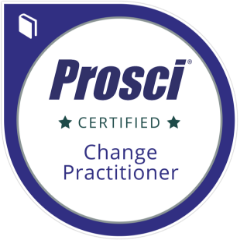Did you know that about 20% of the children in your school or preschool have the temperament trait of high sensitivity?
A child with this trait is commonly referred to as a highly sensitive child or HSC (Aron, 1996).
Research indicates that about 20% of the children in your school or preschool are likely to identify with the innate temperament trait of high sensitivity or sensory processing sensitivity (SPS) as it is known as in the scientific world. (Aron, 1996; Borries et la. 2012)
High sensitivity as defined by Dr Elaine Aron is not a disorder and not to be confused with Sensory Processing Dysfunction, Autism Spectrum Disorders or ADHD. Rather it is an innate, inherited, normal temperament trait characterised by physical, social, and emotional sensitivity.
Never the less, some people may see the highly sensitive child as fussy, shy, dramatic, too sensitive, and in need of being “fixed”. Highly sensitive children require skilled and responsive teaching and support to enable them to overcome challenging situations, such as participation in unfamiliar activities, times of transition, and emotion regulation, and so as to optimise their learning potential.
This session will give you the opportunity to develop new skills and strategies for your tool kit as a teacher or swim school staff member with regard to the highly sensitive child. Your increased knowledge and skill will also be of great benefit to parents of HSCs who themselves may be struggling to understand their sensitive child.
The duration of this session can be flexible to suit your needs, from a minimum time of a 60 min presentation including question/discussion time to a half-day interactive workshop comprising 2 x 90 min sessions.




